


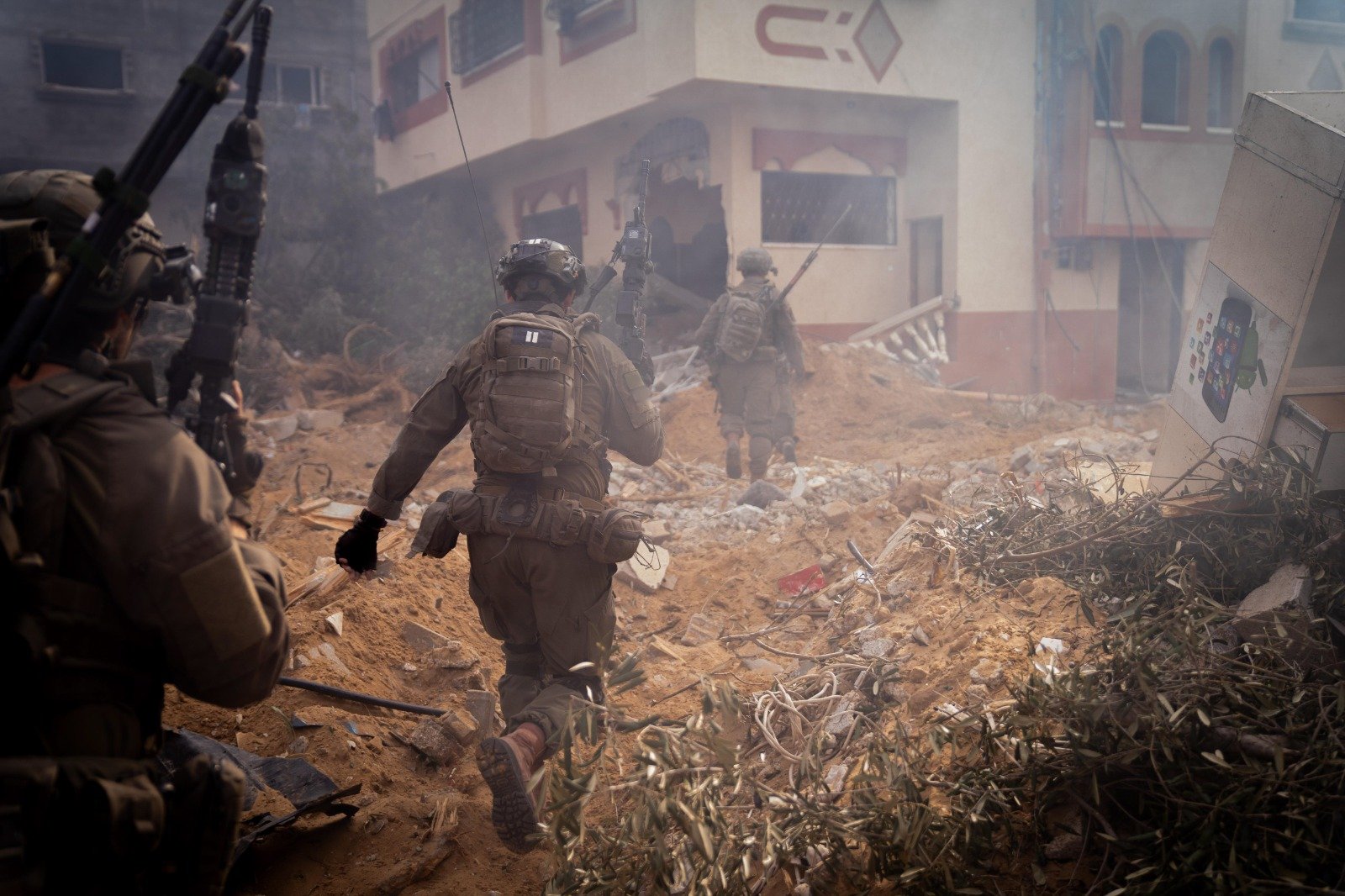
Israel’s long-anticipated operation against Iran’s nuclear and ballistic program is over.
Another round of fighting is a distinct possibility, but this chapter has reached its end. Israel displayed stunning, almost incomprehensible, capabilities and competence, and the world took notice.
Its intelligence agencies penetrated the heart of what should have been Iran’s most secure organizations. Israel knew exactly where Iran’s generals and nuclear scientists were, and directed drones and missiles right into their apartments as it decapitated Tehran’s command structures.
Israeli commandos operated with surprising freedom on Iranian soil, building a drone facility and smuggling in missile systems. IAF jets demolished Iran’s air defenses, establishing air superiority over Iran’s capital at the far edge of the Middle East.
The extent of Israel’s victory is not yet known, and won’t be until intelligence agencies sift through the evidence, and international inspectors the rubble. But a victory it is. Iran’s nuclear program is set back, and if it decides to reconstitute it, it will have to resort to a secretive, compartmentalized option that will be slower and more challenging than the path it was on. Its ballistic missile force has only gone backward, losing commanders and over half of its stock. Iran can certainly get back to work on rebuilding, but Israel is likely to pick up on it and strike if needed.
The barrier of fear around striking Iran’s core facilities directly has been broken, perhaps permanently. After losing its military leadership, nuclear and missile facilities, and hundreds of soldiers, Iran’s vengeance amounted to 28 dead Israelis, 1400 injured, and 15,000 displaced. It inflicted pain and loss on Israel, no question, but far less than what Israel anticipated.
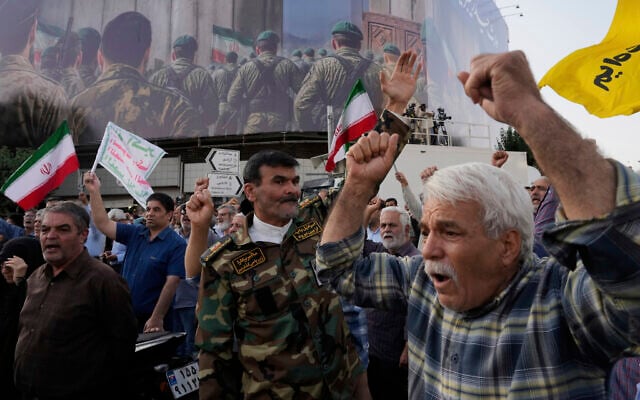
Iran’s attacks had no effect on Israel’s offensive, and the entire region saw its weakness in plain sight. Tehran couldn’t protect its proxies over the past 20 months, and for those 12 days, its proxies couldn’t protect it.
Iran’s response to the US attacks was even less intimidating — a scripted, telegraphed missile strike on a base that caused no meaningful damage.
Israel’s success in Operation Rising Lion mirrored its campaign against Hezbollah late last year. At the start of the operation, Israel used daring covert operations and years of painstaking intelligence collection to injure thousands of enemy fighters, assassinate Hezbollah leaders, and throw the world’s most powerful terrorist off balance. After a two-month ground operation, Hezbollah accepted a humiliating ceasefire.
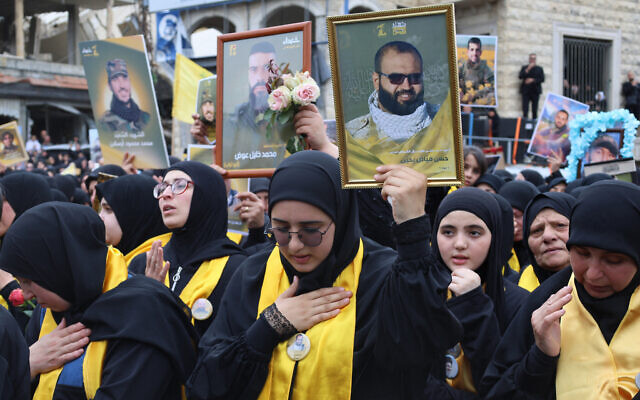
Notably, Hezbollah did not raise a finger or fire a bullet or a rocket during Israel’s offensive against its patron Iran.
Now that the dust has settled from the 12-day campaign, attention shifts once again, wearily, to the 630-day (and counting) operation in Gaza. And one can’t help but ask the question — how is it that the IDF is crisp, in control, and ruthlessly efficient against its most powerful foes, but against the terrorists of Hamas, it seems mired in a slog that has not achieved any of Israel’s stated war aims?
The IDF and Israel’s leadership can’t be blamed entirely for the disparate pace and effectiveness of Israel’s Gaza campaign compared to those it fought in Lebanon and Iran.
For one, the goals of the operations are quite different. Israel isn’t trying to destroy Hezbollah and drive it out of Lebanon. If that was the goal, the campaign in Lebanon would have taken years, and there is no guarantee it would have succeeded. Instead, Israel looked to force Hezbollah to stop firing at Israeli towns, to degrade its capabilities, and to remove the invasion threat from Israel’s border. In so doing, it weakened Hezbollah’s hold on the Lebanese state and gave anti-Hezbollah elements the opening to start chipping away at the Shi’ite group’s power.
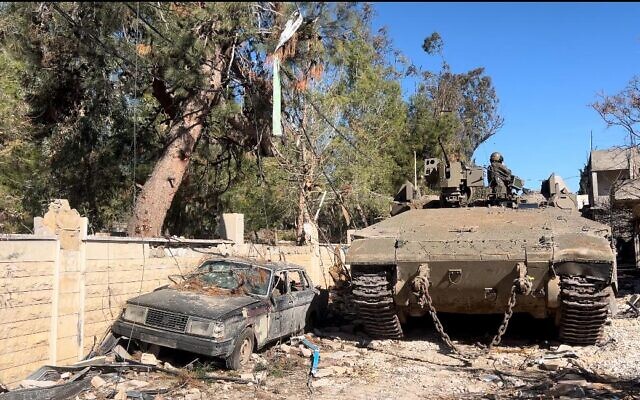
Nor is Israel actively trying to topple the Iranian regime, though it did seek to weaken its grip on power by targeting internal security forces and state TV outlets.
With limited goals, Israel was able to carry out limited campaigns.
In Gaza, Israel’s aim is “total victory,” as Netanyahu likes to remind the public. The war will not end, he promises, until Hamas is disarmed, no longer rules Gaza, and releases all the hostages.
As Hamas believes it can rebuild and retake Gaza as long as a core group outlasts Israel, it is unlikely to agree to those terms. And the war goes on.
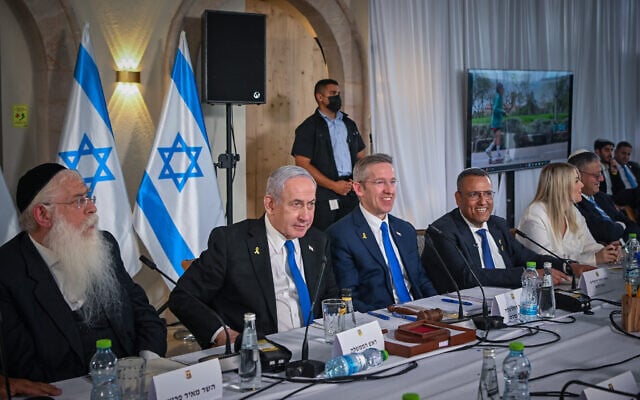
The presence of hostages has also changed how Israel is fighting. IDF forces are taking great care to avoid areas where intelligence indicates there may be hostages. Sections of the central Gaza Strip have yet to be conquered by the IDF at all for fear of harming hostages, and there is no easy solution to that quandary.
Even under the new IDF chief of staff and defense minister, Israel’s ostensibly more aggressive Operation Gideon’s Chariots is designed to pressure Hamas to accept a hostage release deal, not to militarily bring Hamas to its knees on the battlefield. That means the fighting is slow and influenced by the success of negotiations with Hamas. So far, talks have led to two ceasefires, including a two-month truce as US President Donald Trump came into office earlier this year.

In order to dislodge Hamas from Gaza, an air campaign would not suffice, though IAF strikes have taken out much of the Hamas leadership. The IDF needs to capture territory, find tunnels, extract intelligence, search houses, take territory, and engage in battles with Hamas units.
Yet, circumstances aren’t all to blame.
Since Hamas invaded Israel on October 7, Israel’s decision-makers have operated as if they have all the time in the world in Gaza.
The initial ground campaign was, by design, slow and deliberate. The IDF moved cautiously in its major offensive in late 2023 and early 2024. It used massive firepower to protect its forces, which advanced only as fast as its bulldozers could clear routes.
And it didn’t attack in multiple sectors simultaneously, as military doctrine would anticipate. Israel’s military started with Gaza City, then shifted to Khan Younis in December, and — faced with threats from the US Biden administration — only began its Rafah operation in May 2024.
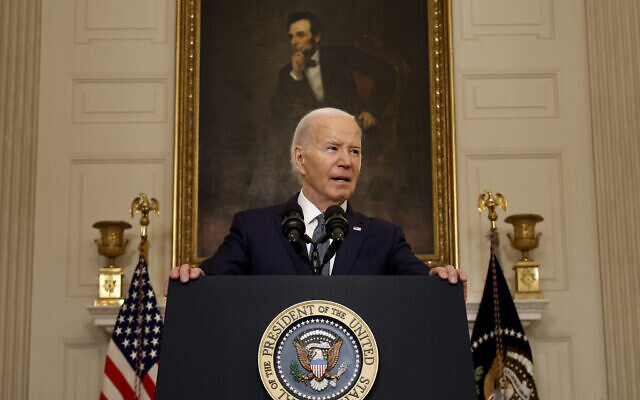
Nor can Israel’s coalition politics be ignored. There was a largely political consensus within the coalition and even in the Zionist opposition parties over the necessity and goals of the campaigns in Lebanon and Iran.
Moreover, Lebanon is the only territory Israel has conquered and has not established settlements, and there is no real political push to do so from the right flank of Netanyahu’s coalition.
Gaza is another story. The far-right Finance Minister Bezalel Smotrich and National Security Minister Itamar Ben Gvir, and many elected officials in Netanyahu’s own Likud party have publicly called for Israel to restore Jewish communities that were uprooted in 2005.
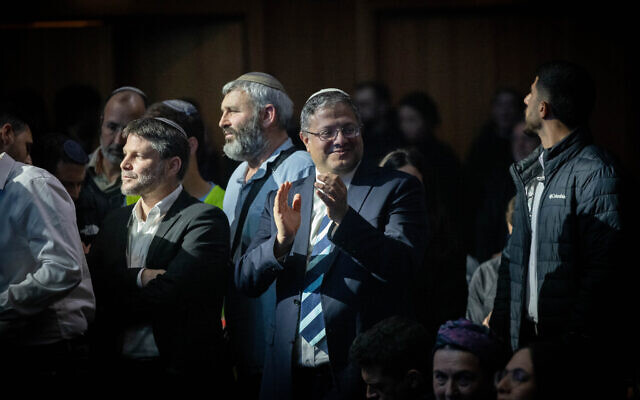
Netanyahu isn’t about to approve such a move, but as is his wont, he hasn’t definitively poured water on the idea either. If he loses Smotrich and Ben Gvir, his government falls. Though they are unlikely to bring down the coalition, Netanyahu seems extremely cautious when it comes to their vision for Gaza.
This reality has kept Netanyahu from formulating a clear plan for a post-Hamas Gaza. Without an endpoint, there has been no effort to actively craft a government for Gaza that could replace Hamas.
It may be that Trump is the one who solves this issue for Israel. According to reports this week, he and Netanyahu agreed on a grand vision that would see the war in Gaza end, Arab states take over until the Palestinian Authority is ready, and Saudi Arabia and Syria normalize ties with Israel.
Netanyahu, not surprisingly, released a statement calling the reports a fiction, but that is generally understood as a nod to his coalition partners.
If Trump’s vision doesn’t come to pass, Israel will continue to enjoy its newfound status as the undisputed military power in the region. It will batter Hezbollah when it needs to, and could well carry out more strikes on a cowed and confused Islamic Republic.
Meanwhile, in Gaza, the much-touted spring offensive will bleed into summer, with costs piling up for Israeli soldiers and Gazan civilians, with no clear end in sight.
